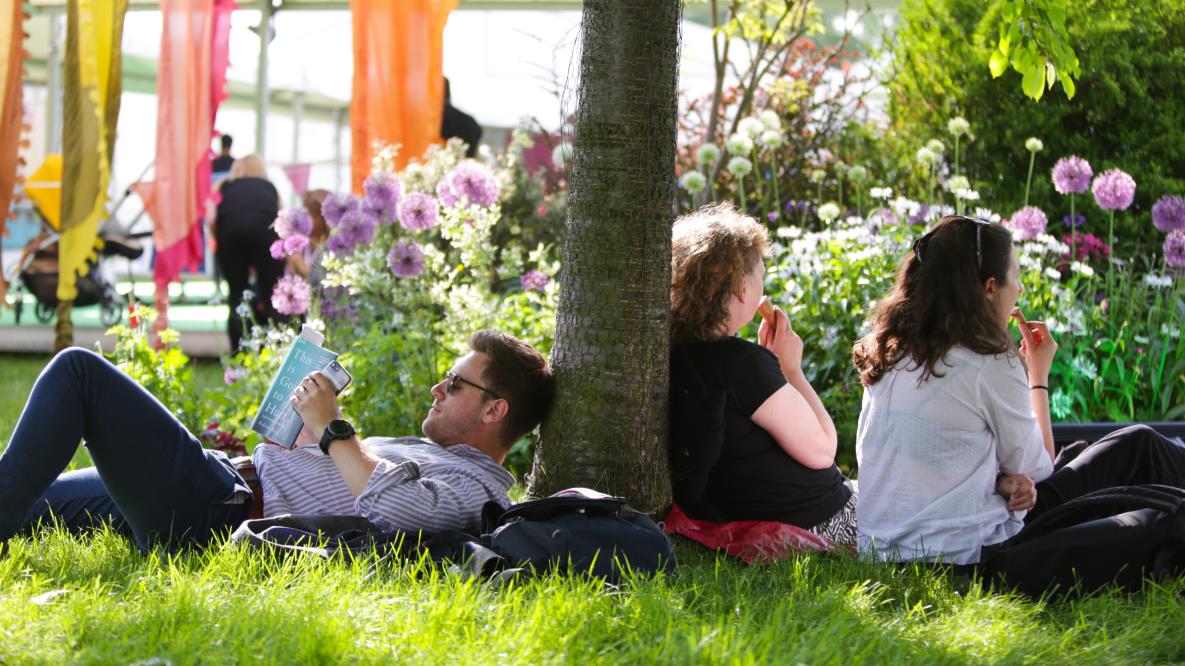
In the late 1940s, agricultural experts and farmers realised that a small dose of antibiotics could transform their poultry market. More antibiotics means less feed and higher profits. While the economics added up, the environmental and health impact began to cause concern, said Maryn McKenna, the American science writer whose book is Plucked! The Truth about Chicken. Mass-production was made possible by the pharmaceutical industry, but excessive use of drugs inevitably led to resistance, and so higher doses have been necessary to have the same effect.
Talking to journalist Rosie Boycott, chair of the London Food Board, McKenna enlightened the audience about the chicken industry, outlining when and how chicken changed from being an occasional treat to everyday protein source, regardless of what it does to the health of hems and humans.
From birds that were kept for eggs, not meat, to the famous chicken nugget, she explained how humans can fall ill from bacteria that exits with manure, gets into groundwater or dust in the wind, or on to the skin and clothes of farm workers. Those resistant bacteria move away from the farm and eventually contact people and potentially cause a drug-resistant infection in them.
A bleak analysis, in the context of the proliferation of broiler units in Herefordshire area, where numerous applications are in the pipeline, facing community opposition on environmental and landscape grounds.
Please visit Hay Player for the world’s great writers on audio and film; https://www.hayfestival.com/hayplayer/default.aspx?